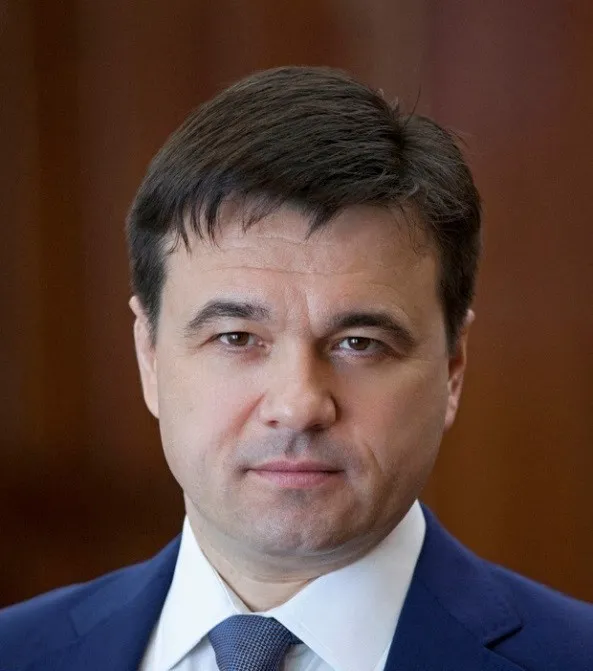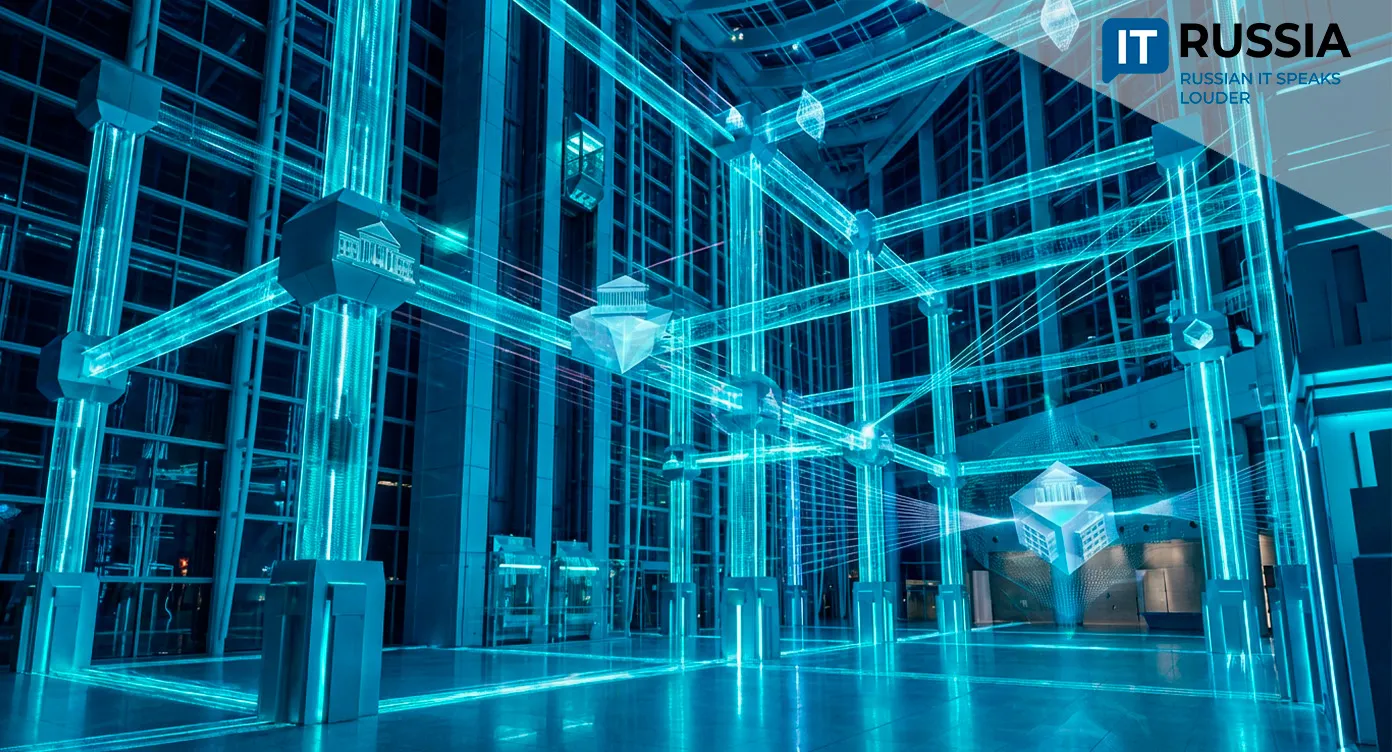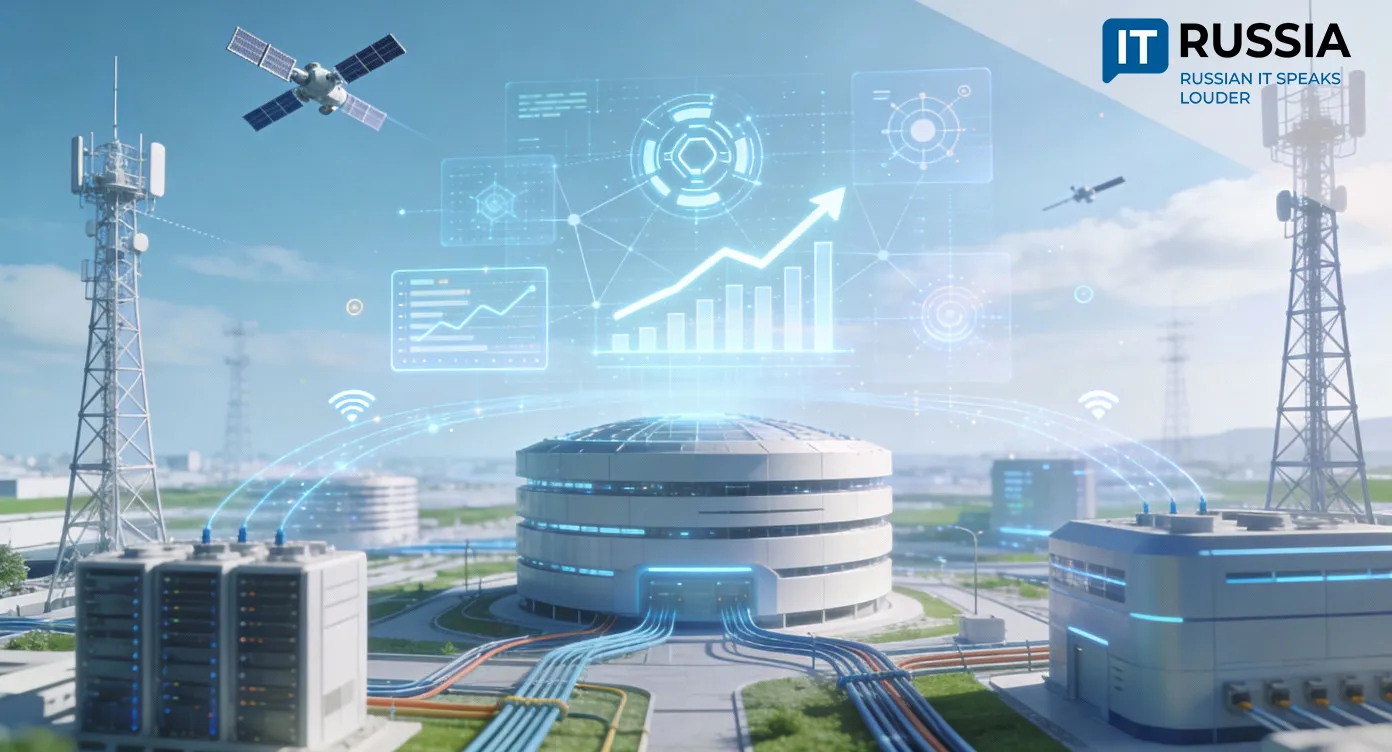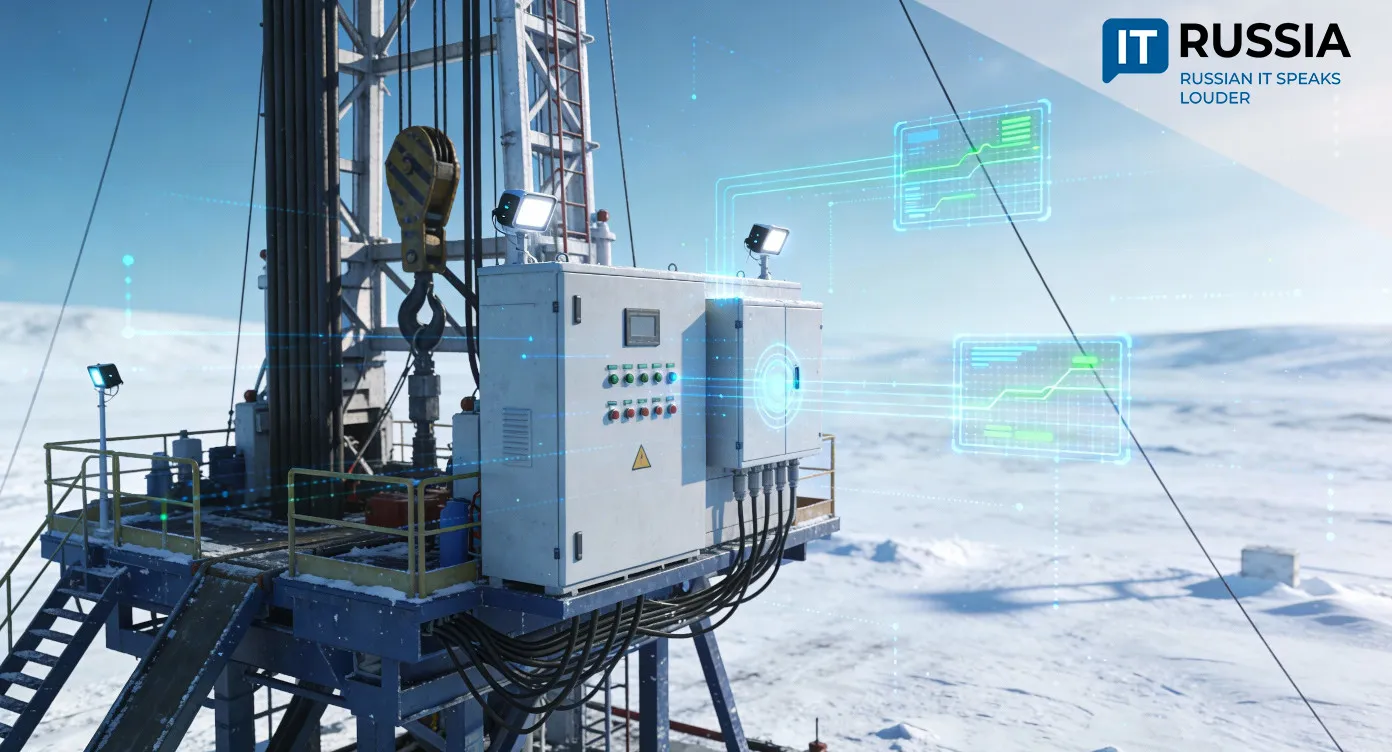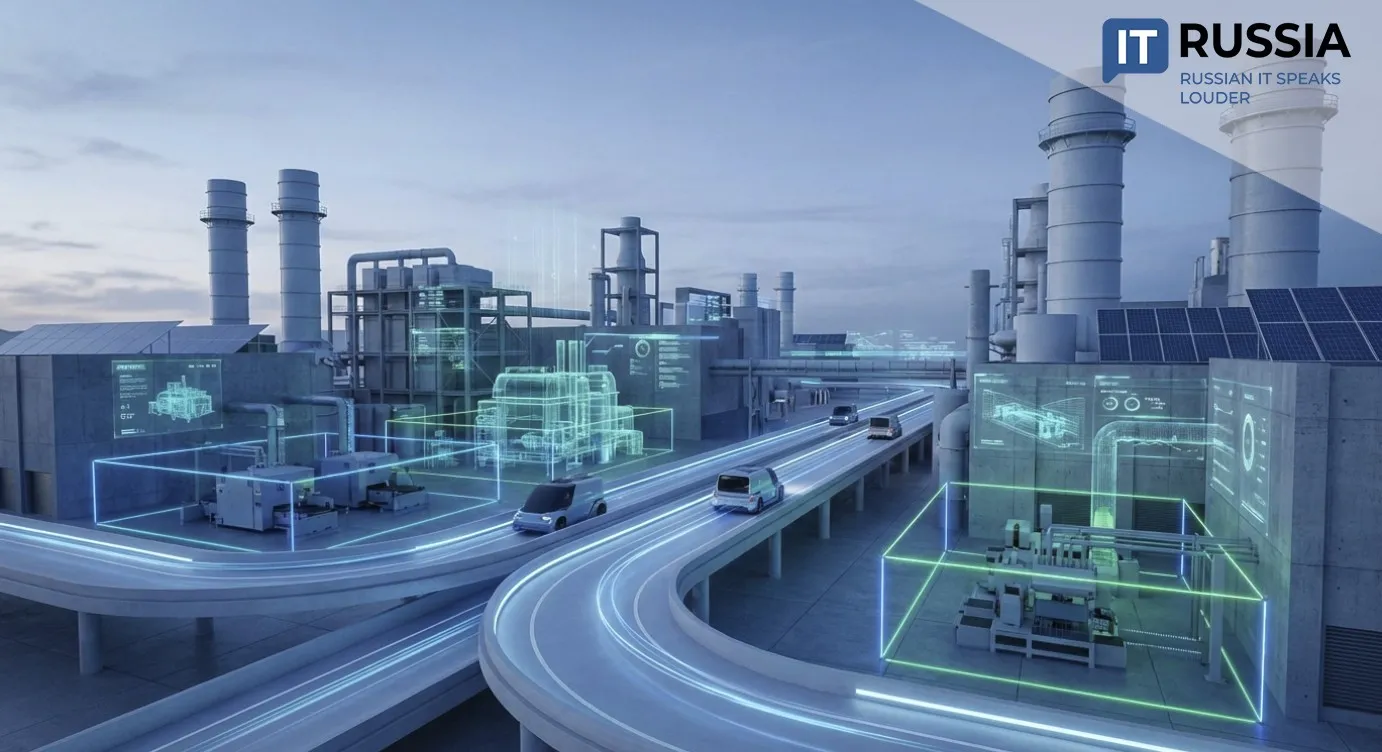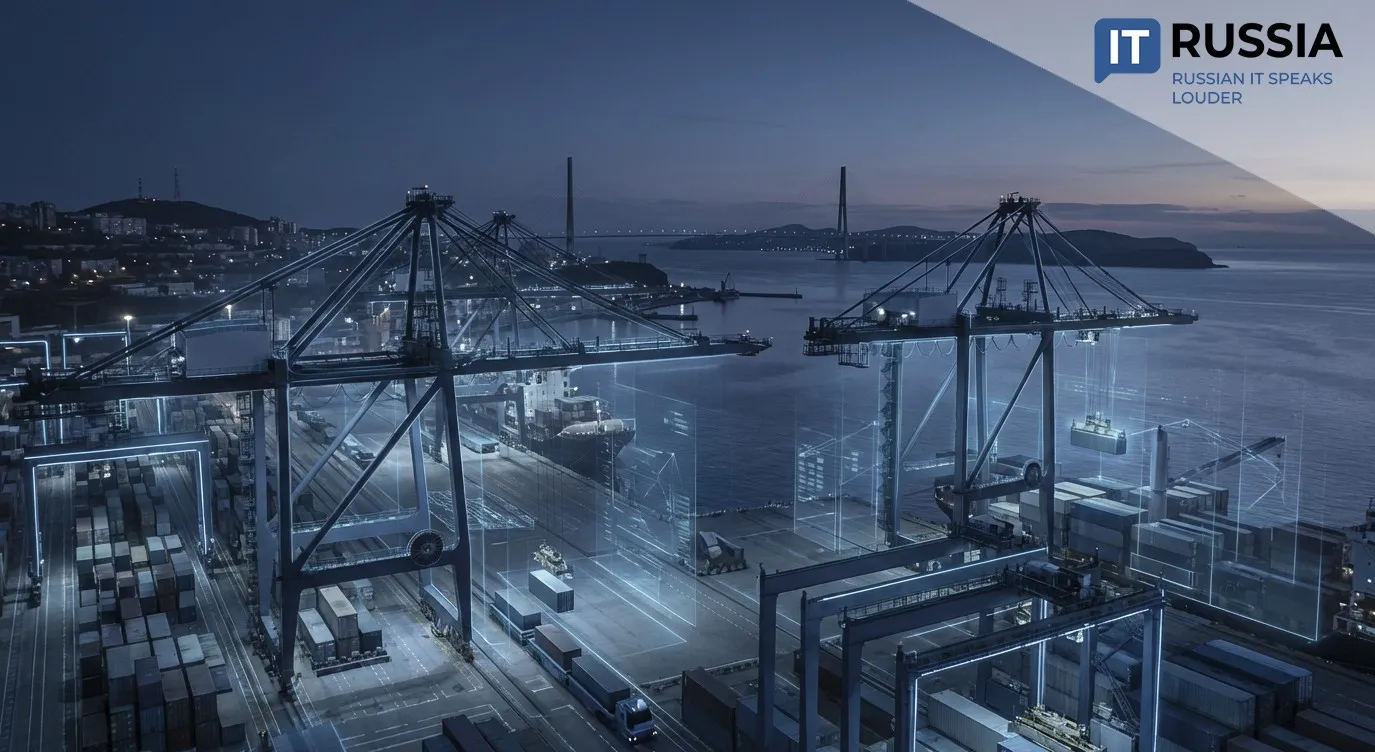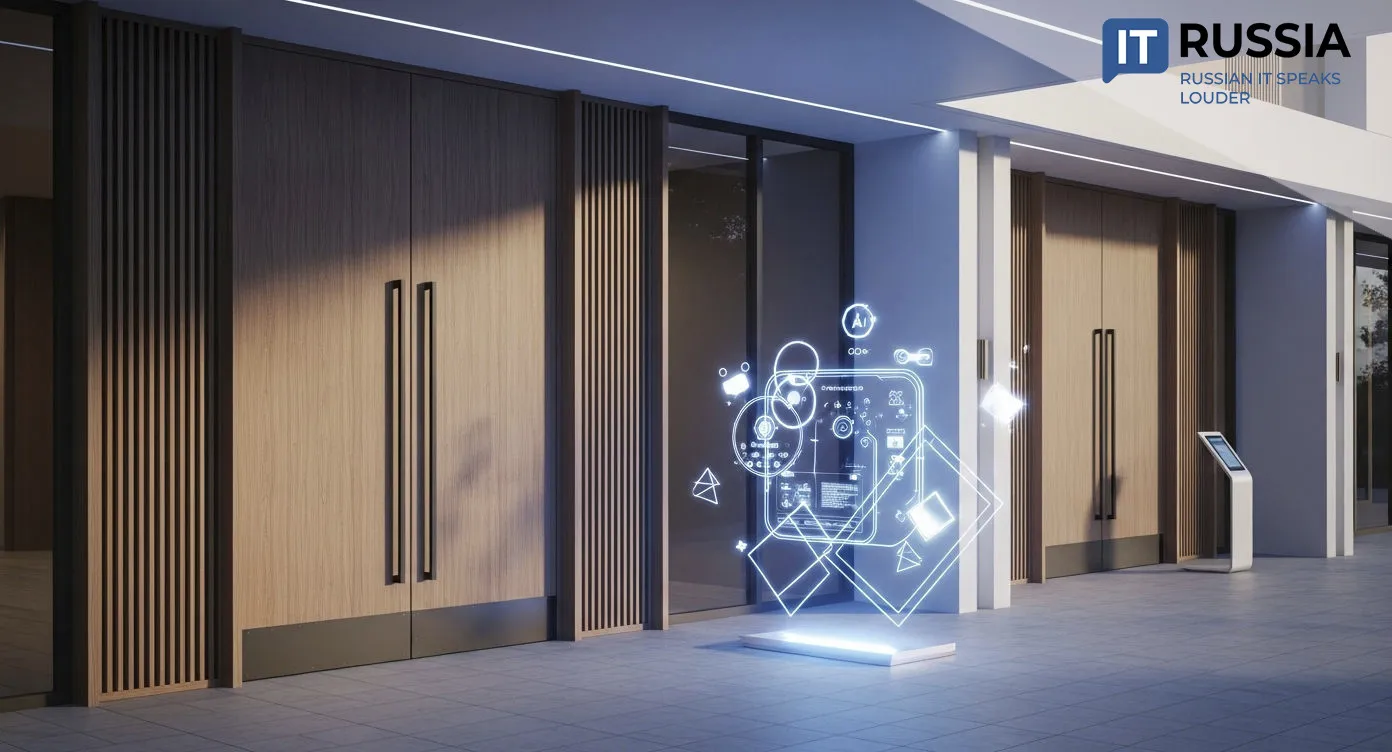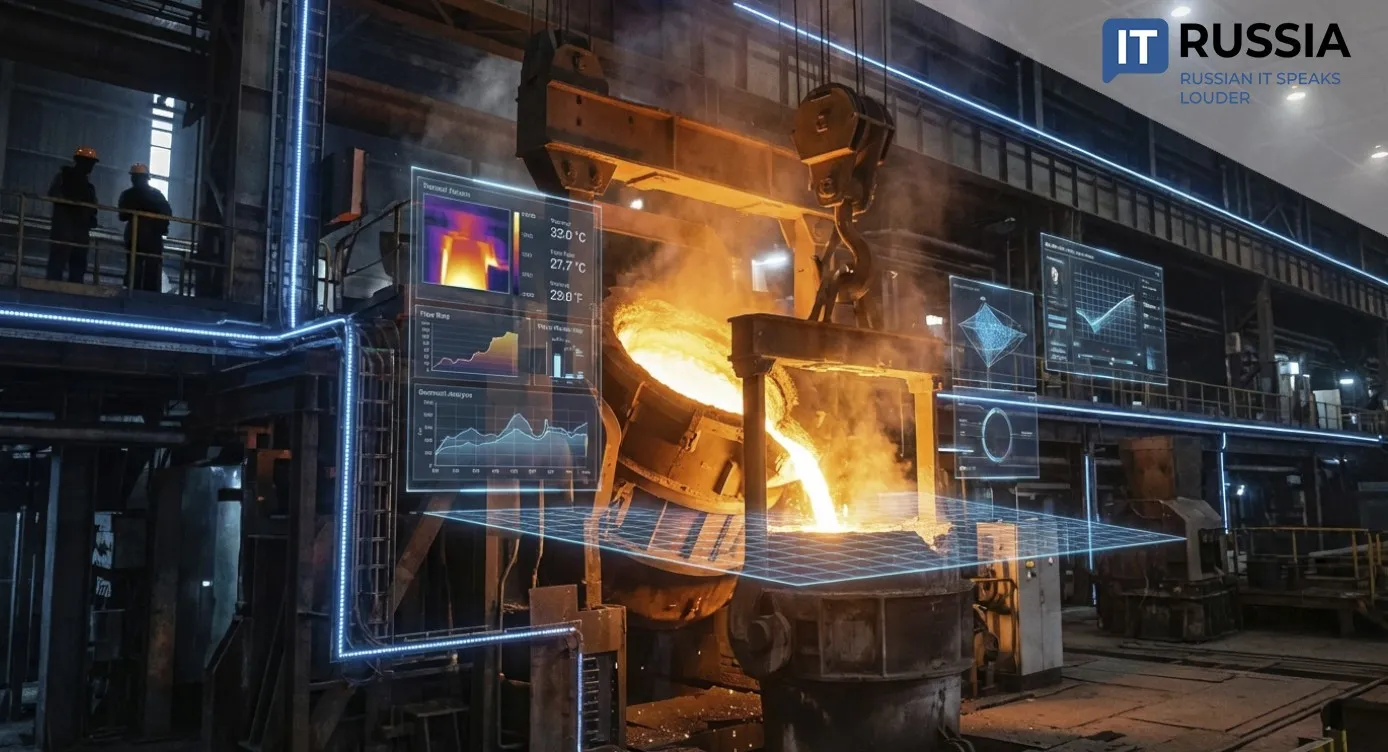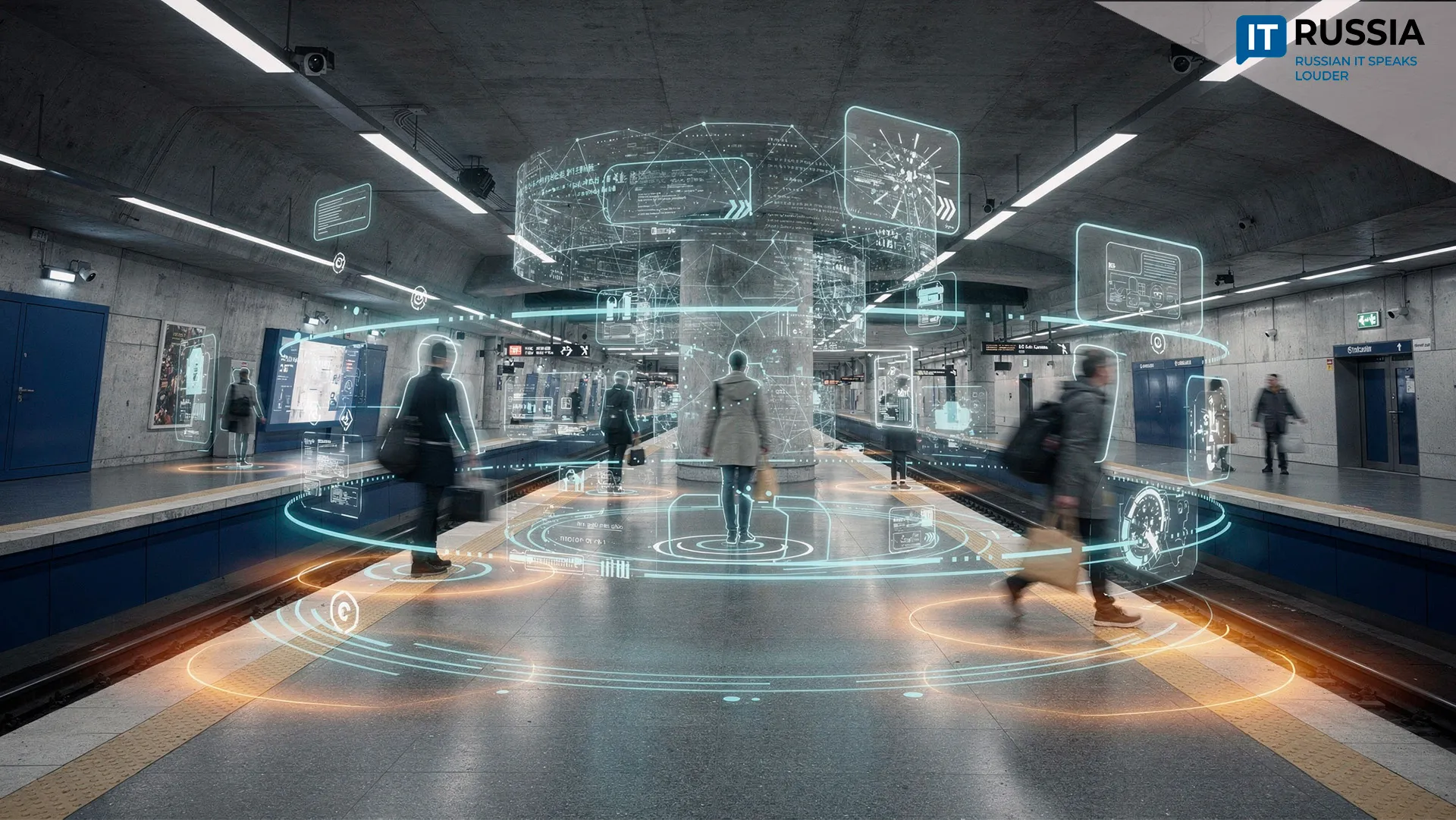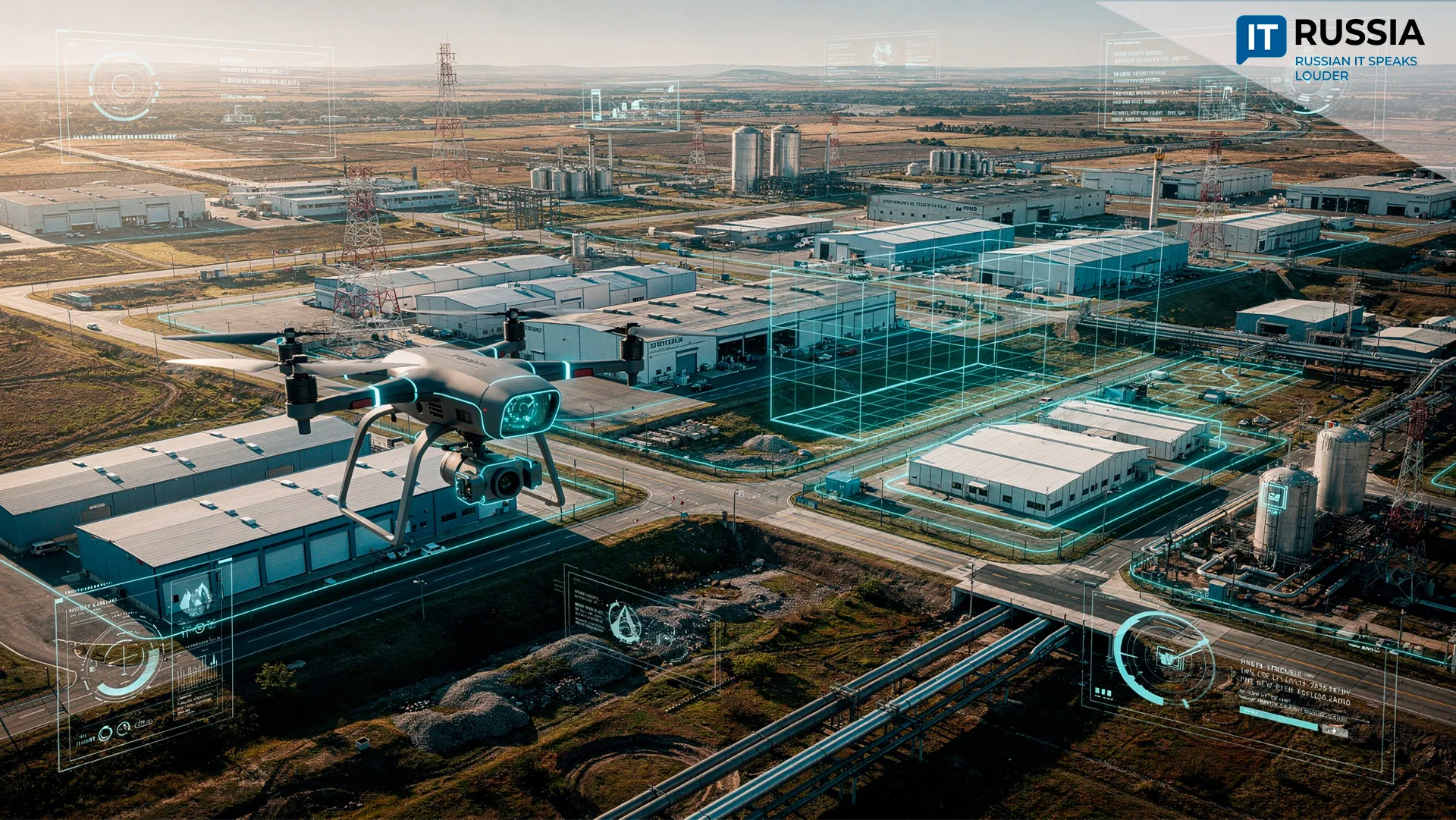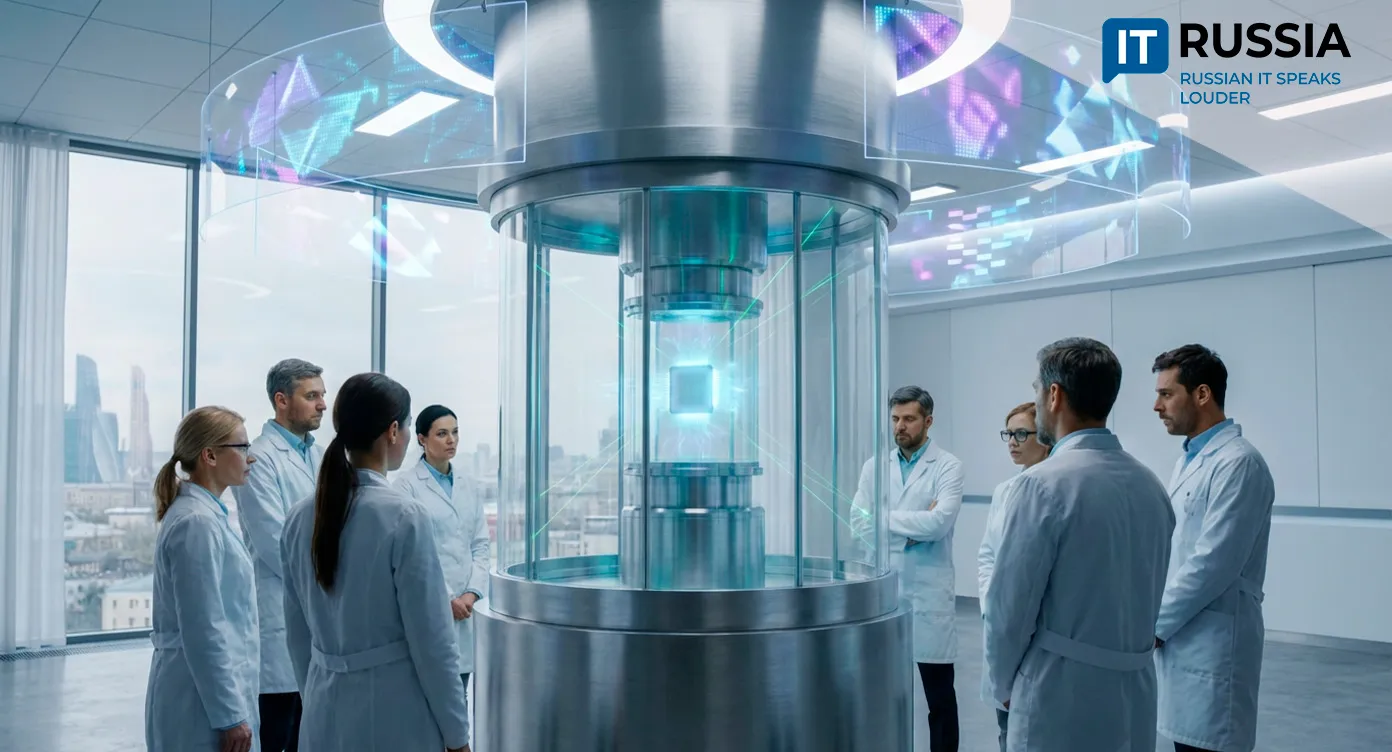Moscow Region Reinvents Urban Order Through AI Surveillance

A year after launching the AI-based 'Safe Region' system with over 550 surveillance cameras, the Moscow Region has reported over 3,500 parking violations, issued more than 450 fines, and achieved a 40% drop in offenses in some municipalities.
Smart Monitoring for Public Sanitation Access
In June 2024, the Moscow Region launched a pilot phase of integrating artificial intelligence into its video surveillance system to monitor vehicle parking near waste collection sites. Part of a larger effort to digitalize municipal services, the initiative aims to maintain clear access to dumpsters across urban neighborhoods.
The system currently analyzes feeds from 552 cameras and autonomously detects vehicles parked illegally in front of waste bins. Upon detection, it forwards the information to traffic authorities for processing and issuing fines. By May 2025, more than 450 administrative protocols had been filed.
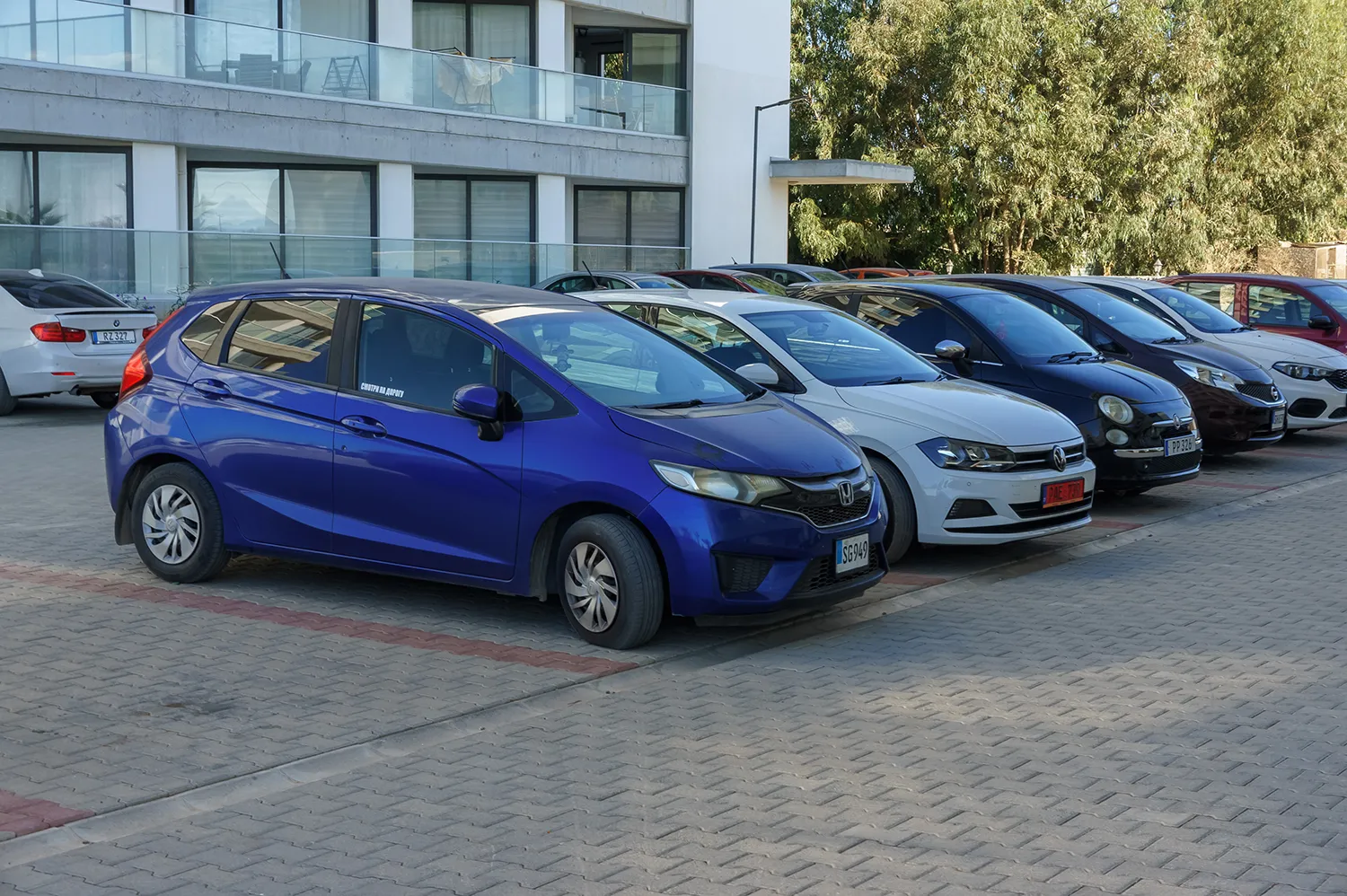
Beyond improving enforcement, the project directly benefits residents by reducing obstructions, easing the workload of sanitation workers, and contributing to a cleaner, more organized urban environment. It also fosters a culture of responsibility among drivers and enhances traffic management in residential zones.
AI Enforcement Expands Scope
Initially tested in October 2024 with a limited number of cameras, the AI system recorded over 1,500 violations in its first few months—100 of which resulted in fines. In January 2025, the system's capabilities were expanded to detect parking on sidewalks and lawns, marking the start of a new enforcement frontier.
By May 2025, nearly 3,500 total violations had been registered. Today, the platform can identify 14 types of municipal offenses, ranging from illegal dumping and graffiti to faulty streetlights and unauthorized construction.

In July 2025, the system will transition to full automation—from detection to fine issuance—eliminating the need for human intervention. This upgrade will reduce the workload for both traffic police and municipal employees, positioning the AI platform as a vital tool in the region's urban management ecosystem.
Scalability and Smart City Potential
Currently, only 66,000 of the 130,000 cameras installed across the region are connected to the AI platform. Authorities plan not only to increase the number of integrated cameras, but also to expand system capabilities into new sectors—such as analyzing traffic signs and public lighting infrastructure.
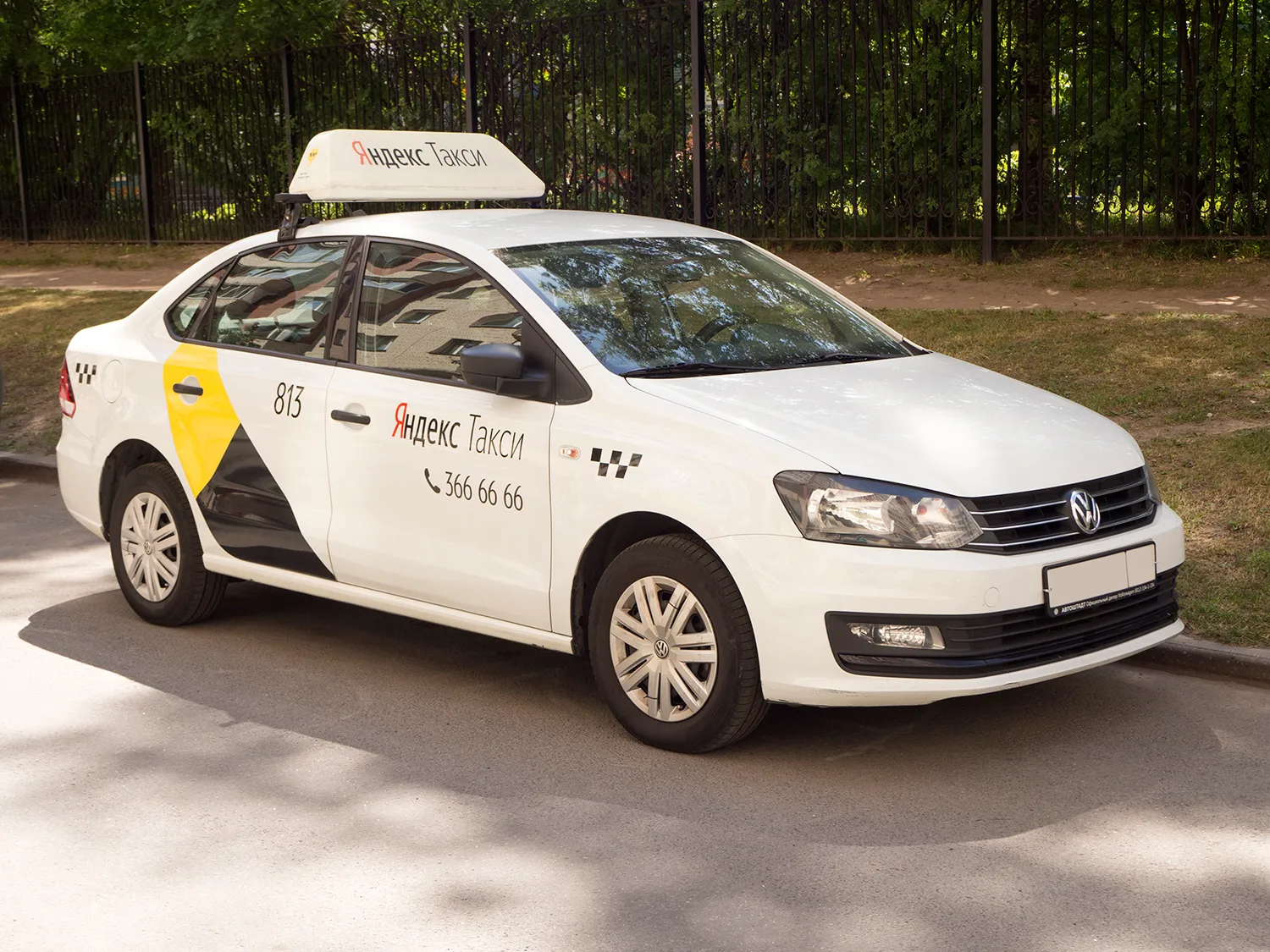
A future phase could involve linking the system to federal services and public portals, offering citizens direct access to surveillance-based insights and improving transparency.
The federal AI development center is already evaluating the technology for nationwide deployment. If momentum holds, similar systems could be introduced throughout Russia within the next 2–3 years. Moreover, this model could serve other post-Soviet countries facing similar urban challenges.
The project may even find traction in major cities in Europe and Asia, particularly where digital urban transformation is a top priority.


